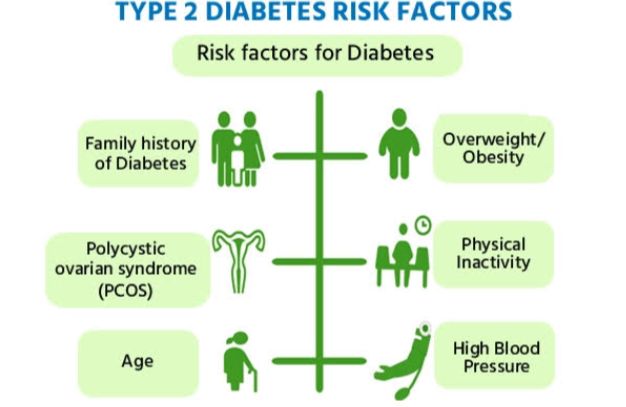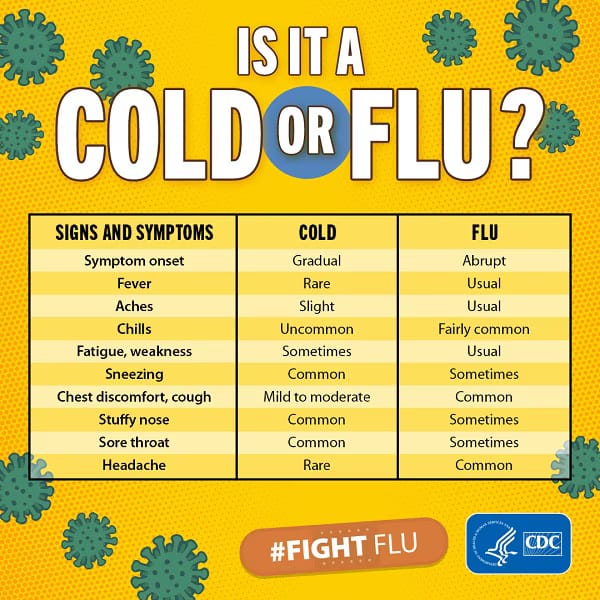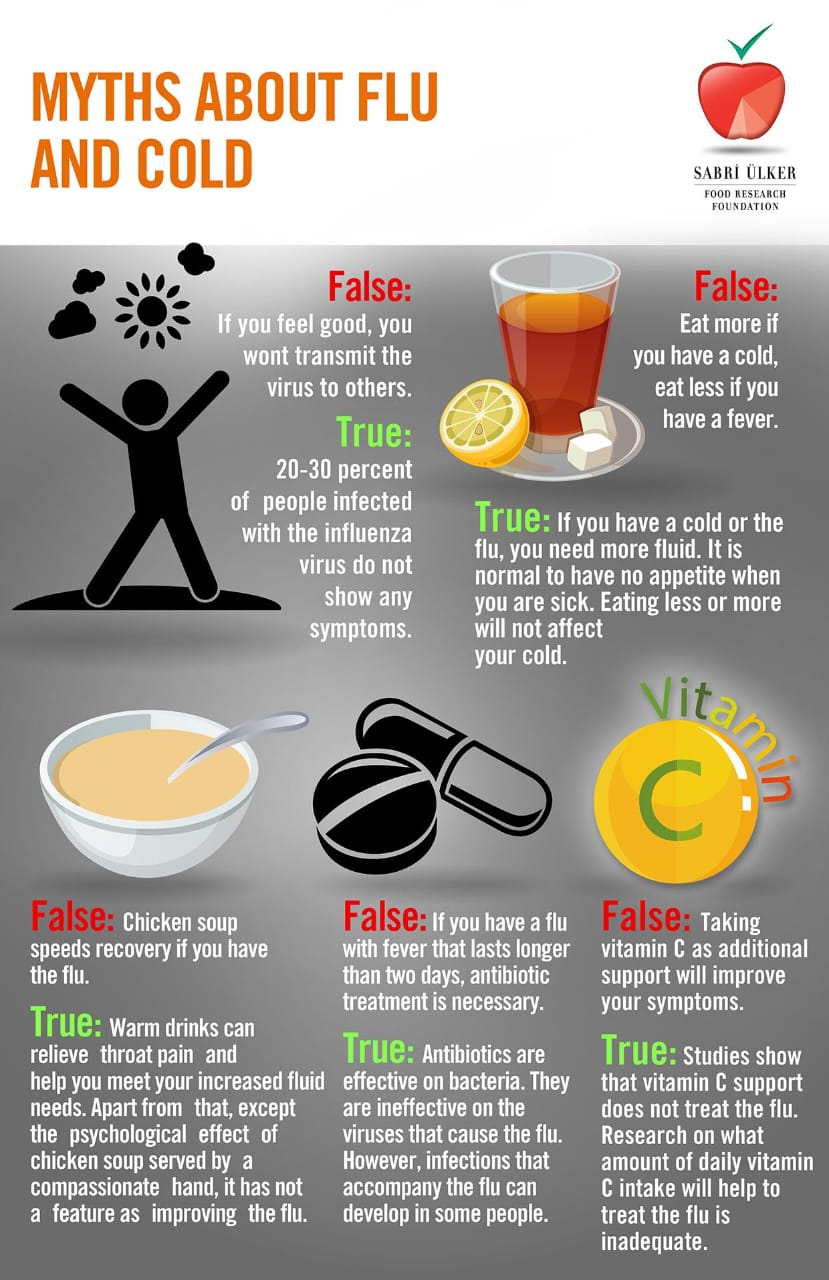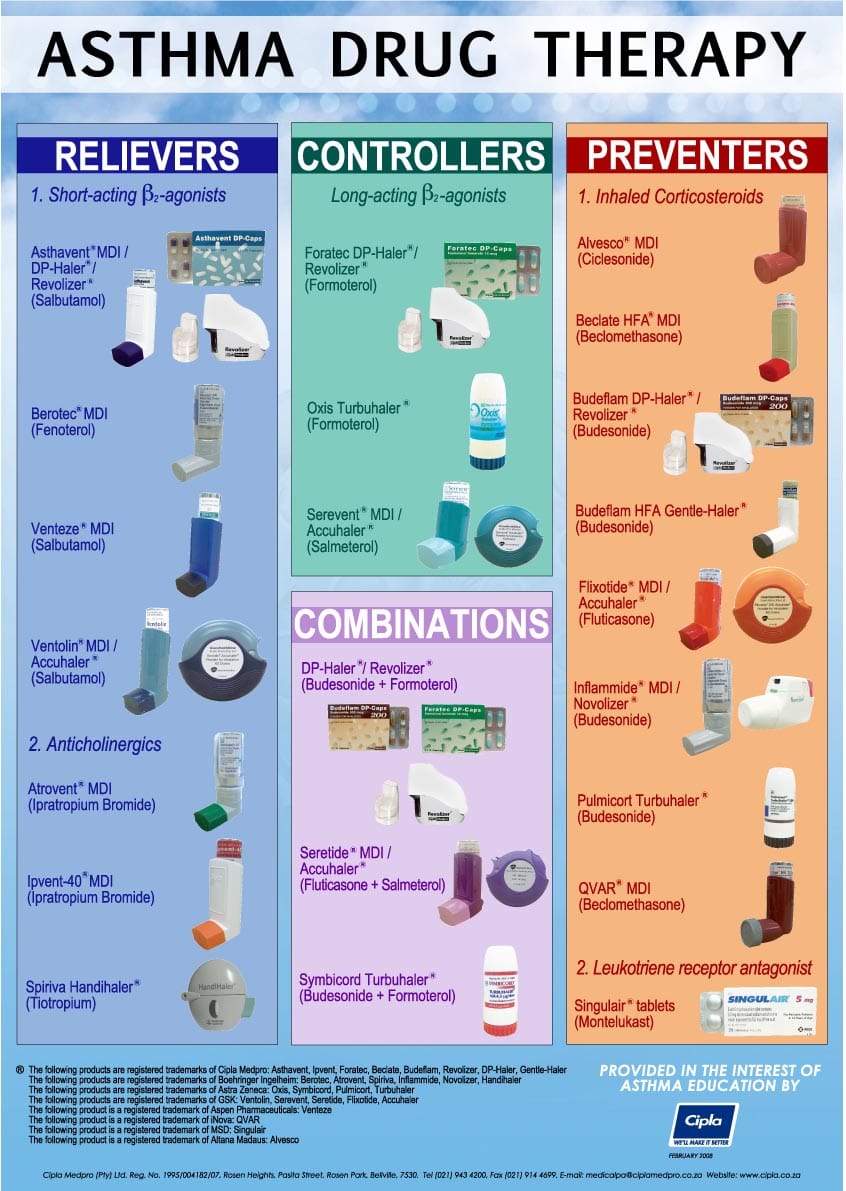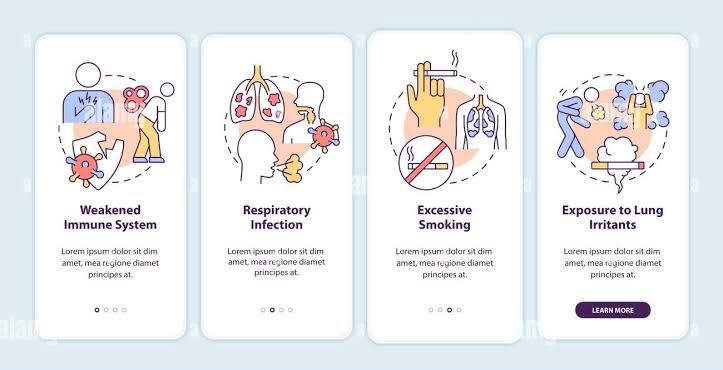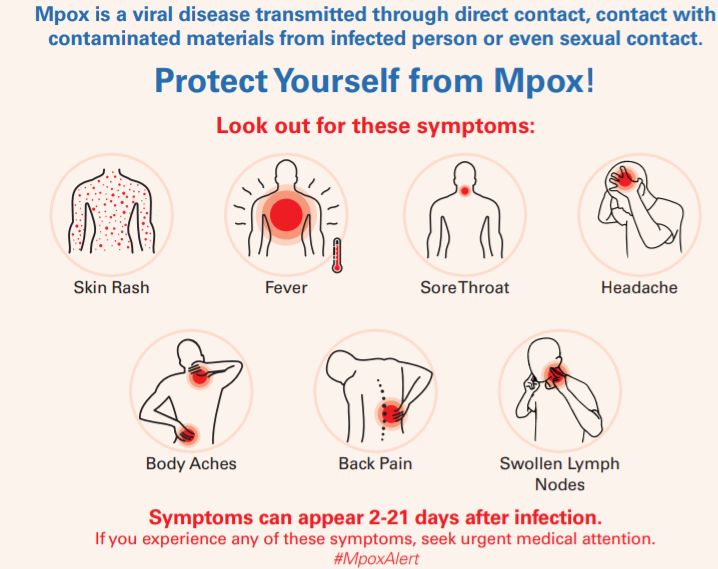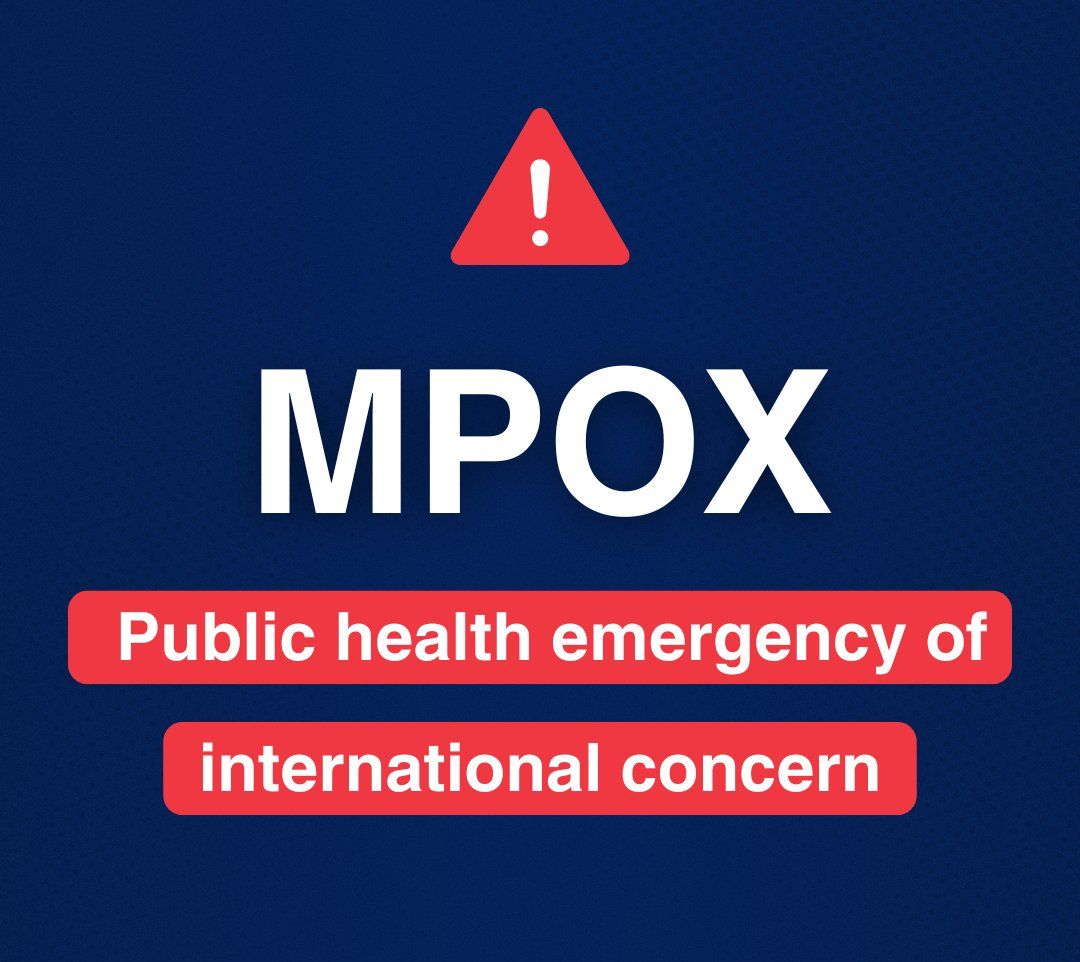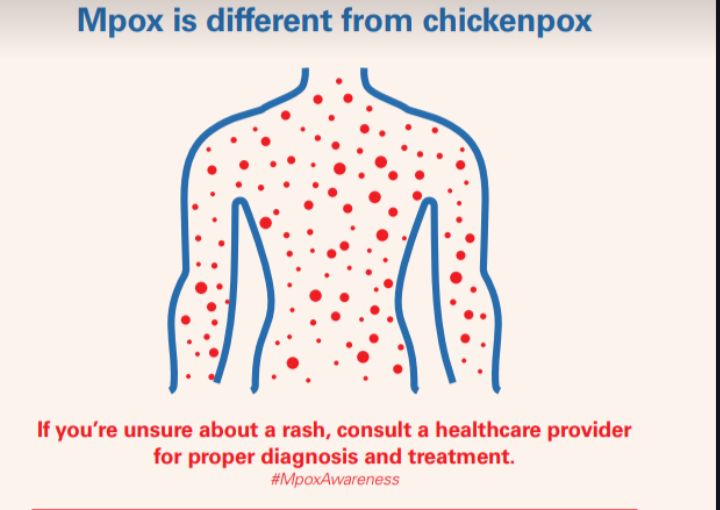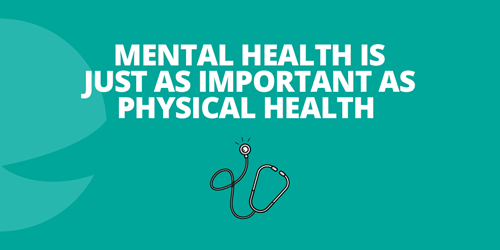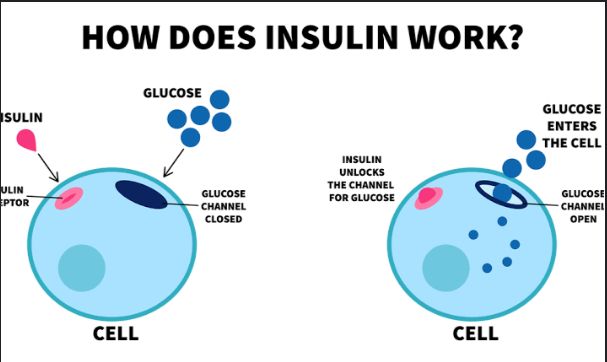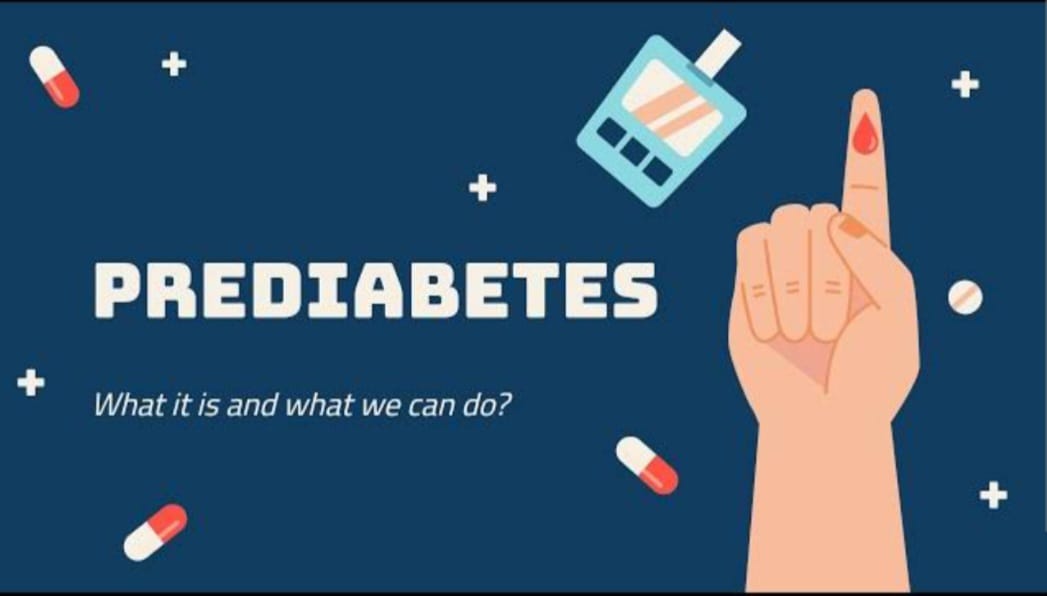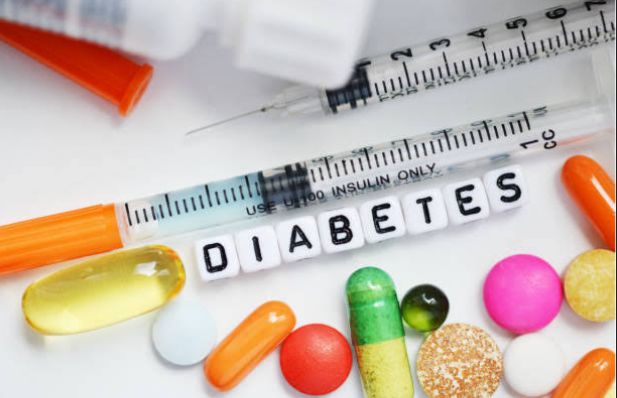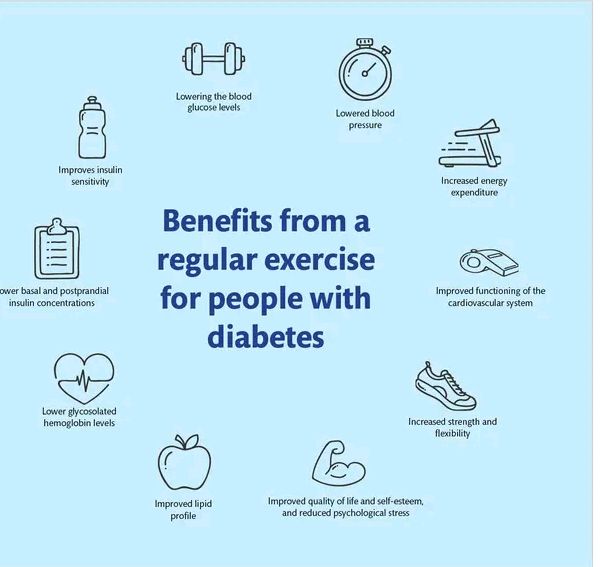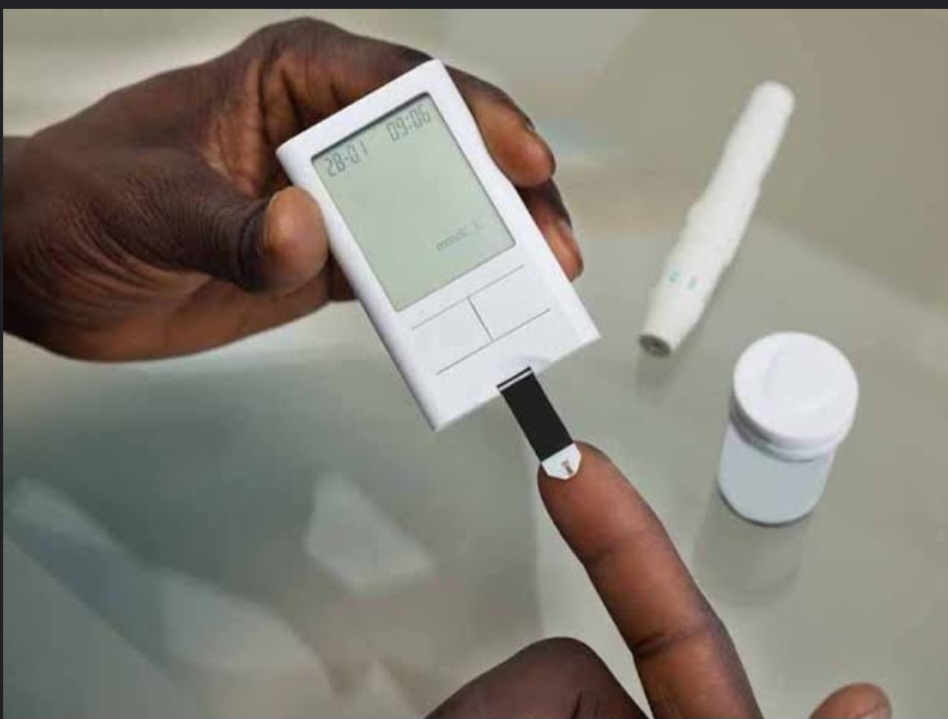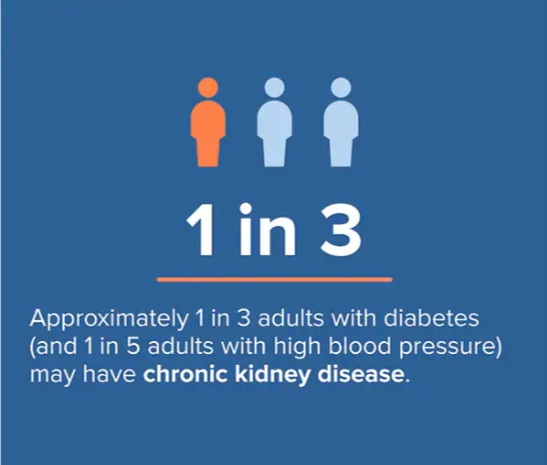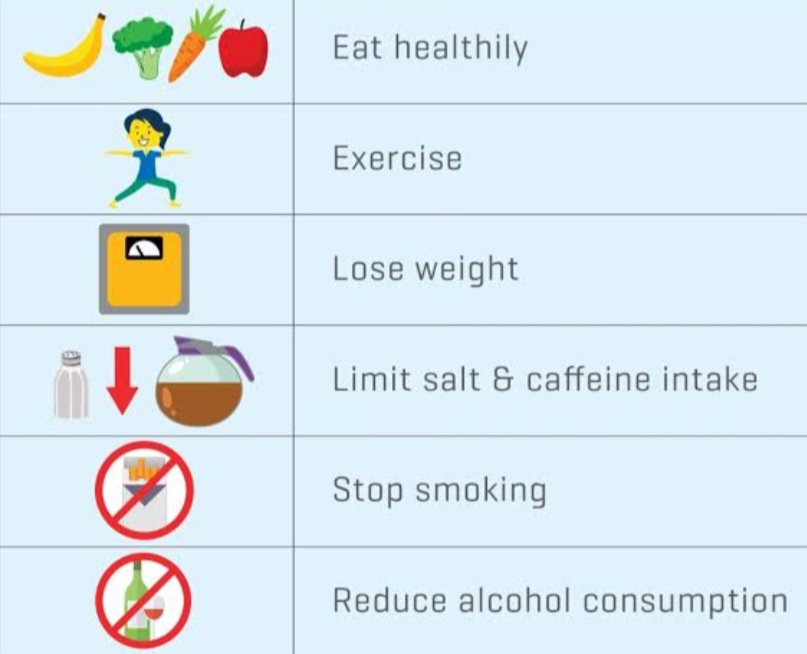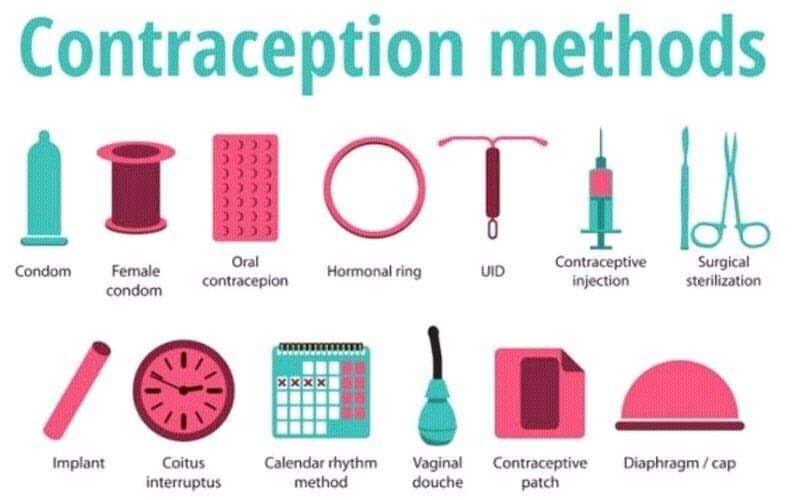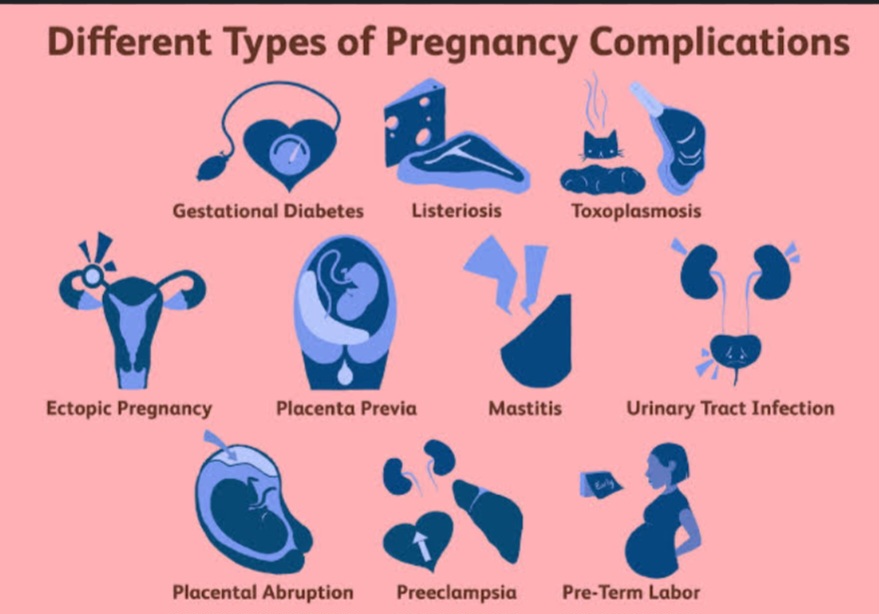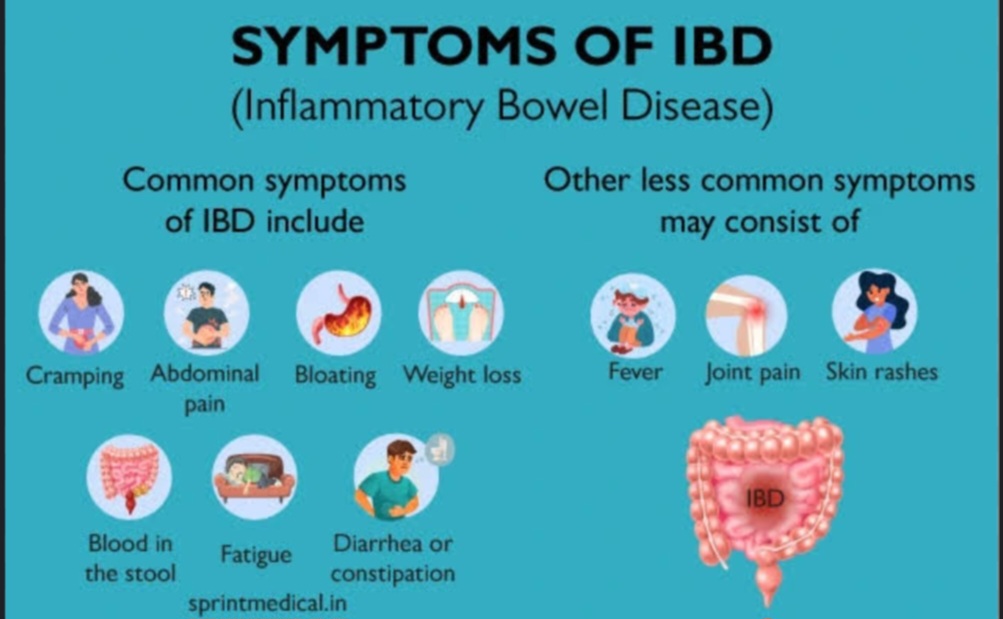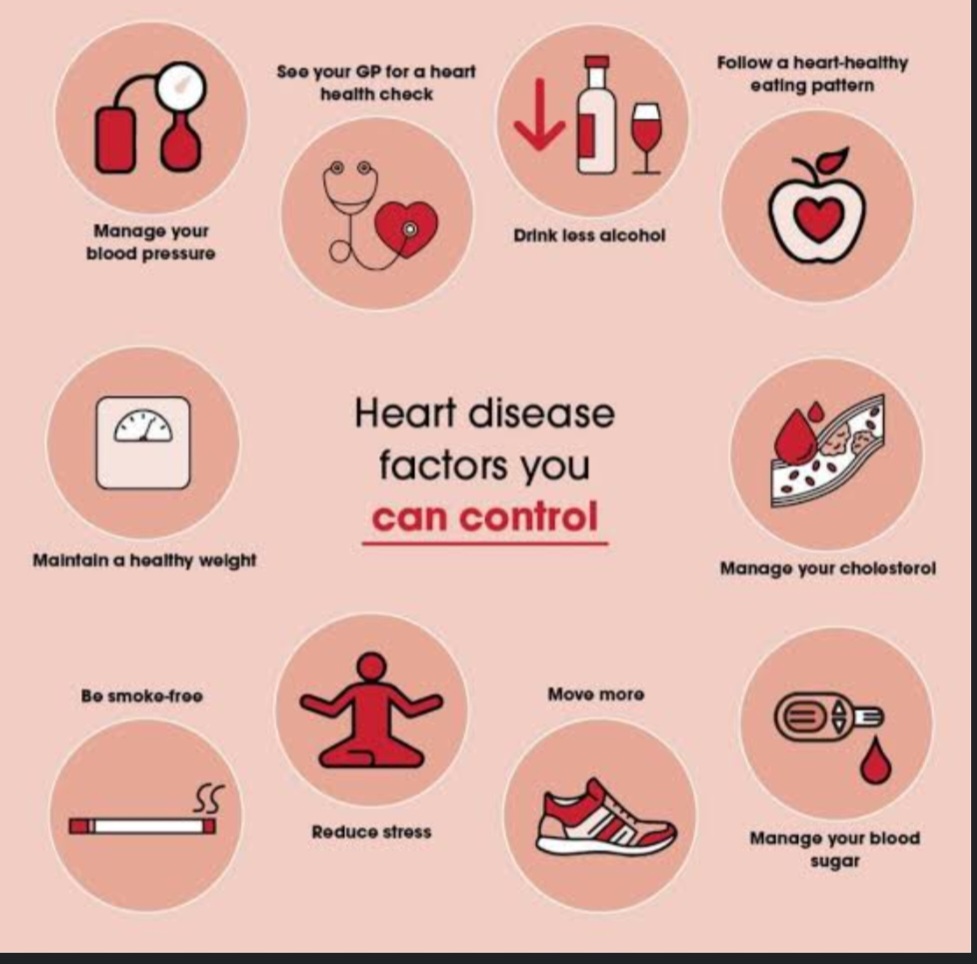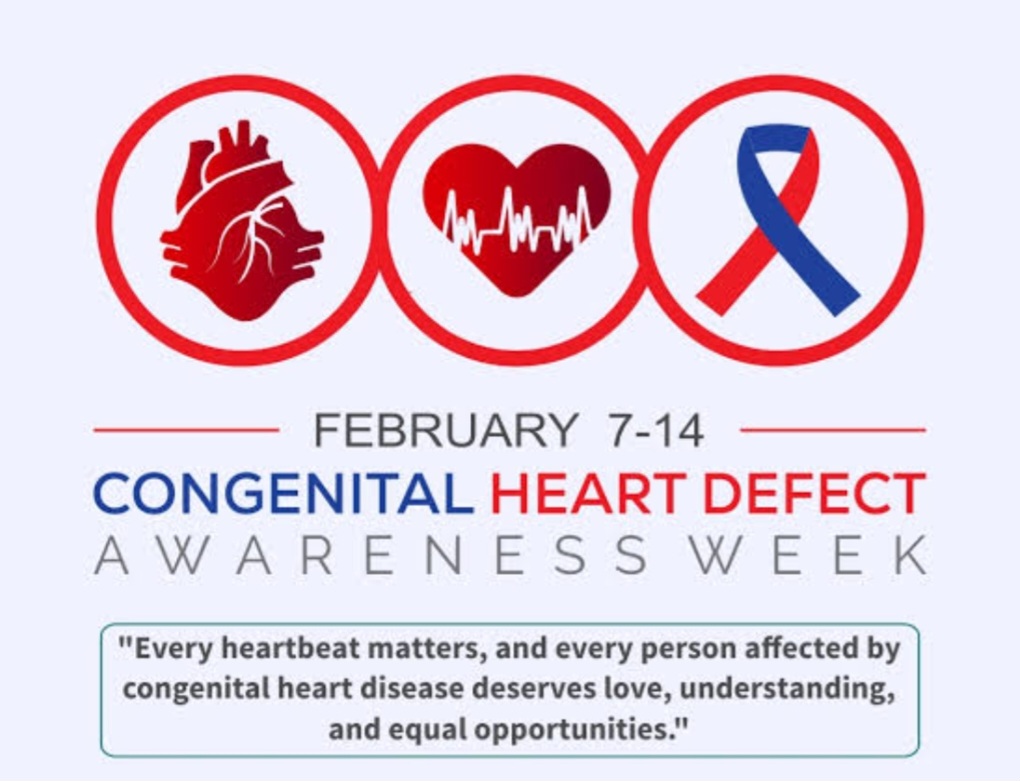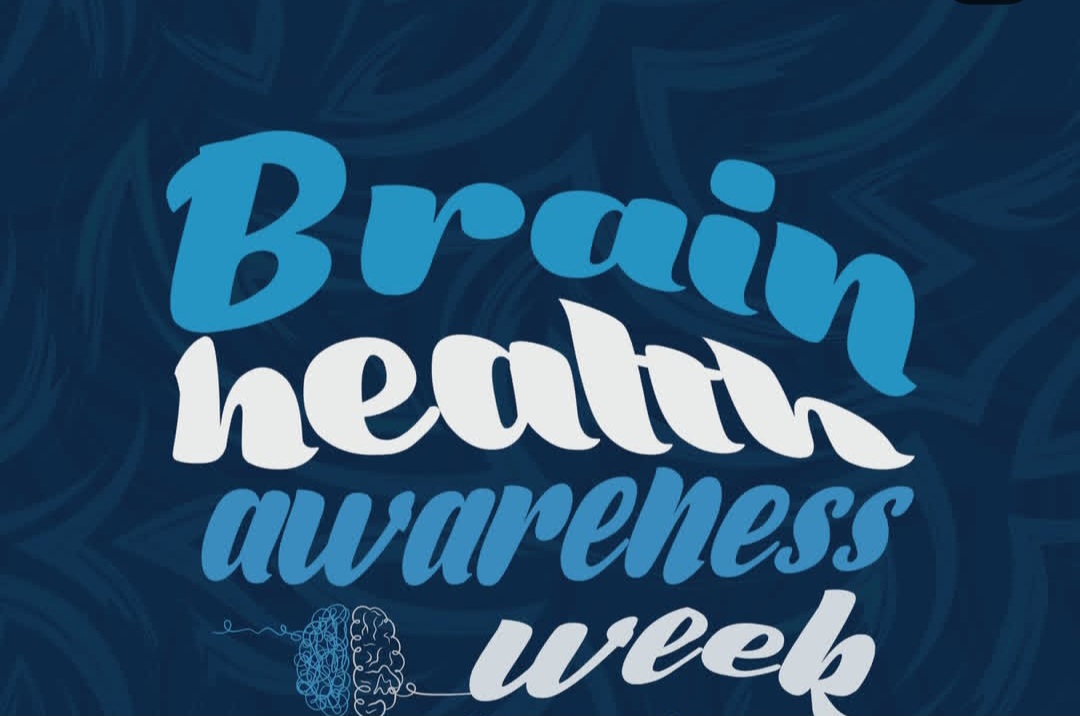Why you should stay alert on risk factors.
•As previously discussed, Type 2 Diabetes is the most common type of diabetes and is more common in adults.
•This means that a majority of people living with diabetes have type 2 diabetes.
•Since many people can live with diabetes for long before being diagnosed (which increase the chances of developing complications), it is important to know the risk factors.
Factors that increase the risk for type 2 Diabetes include:
- Family history
As discussed earlier, type 2 diabetes has high genetic predisposition (can be inherited).
Therefore, there is greater risk of diabetes if your parent or sibling( first degree relative) has type 2 diabetes.
- Obesity
Being overweight or obese increases your risk for type 2 diabetes since obesity is associated with insulin resistance.
It is important to monitor your BMI (body mass index) to ensure you keep a healthy weight and waist circumference. Weight circumference is associated with fat distribution in the body.
- Stress
Though not a major risk factor, stress and other mental health issues may increase the risk of diabetes by causing an increase in blood sugar levels.
Stress may also affect lifestyle factors such as eating habits and exercise.
- Diet
An energy dense diet( excessive intake of foods rich in calories) increases the risk for diabetes in combination with the presence of the other risk factors.
Foods rich in bad cholesterol may also increase the risk for type 2 diabete since they affect bood lipid levels.
An increased risk is associated with low levels of high-density lipoprotein (HDL) cholesterol — the "good" cholesterol — and high levels of low-density lipoprotein and triglycerides - "bad cholesterol".
This condition is known as hyperlipidemia and tends to occur together with diabetes (especially type 2 diabetes). Hyperlipidemia is associated with insulin resistance and reduced secretion of insulin.
- Aging
Type 2 diabetes is more common in adults especially after the age of 40 years. Early onset type 2 diabetes which can occur in children and young adults is rare.
- Lack of exercise/Sedentary lifestyle
The less active an individual is, the greater the risk for diabetes type 2. Exercise helps the body to use up glucose and consequently makes cells more sensitive to insulin.
Exercise also helps in controlling weight which is a risk factor for diabetes.
Sedentary lifestyle which involves long periods of physical inactivity is also a risk factor
- Race
Race is a rare risk factor for type 2 diabetes and it is still being explored.
However, black, Hispanic, Asian, Native American, African American, and Pacific Island populations have shown a higher prevalence for cases of diabetes.
N/B: Although you cannot change the risk factors such as age, family history, race and ethnicity, you have control over risk factors such as diet, weight, and physically activity/exercise.
- History of Gestational Diabetes
Women with history of gestational diabetes are at greater risk of developing type 2 diabetes and should always do regular screening for diabetes after pregnancy and lookout for any symptoms of diabetes.
Furthermore, women who give birth to babies that weigh over 9 pounds (9 Ib) are at increased risk of diabetes.
The baby is also at greater risk of being obese and may develop diabetes later in life.
- Prediabetes
Prediabetes is a condition where the individual has higher than normal blood glucose levels but not within the range for diabetes.
Individuals with prediabetes are at greater risk of developing diabetes hence the need for close monitoring of blood sugar levels.
- Polycystic Ovary Syndrome (PCOS)
Women who have polycystic ovarian syndrome are at increased risk of developing type 2 diabetes since PCOS is associated with insulin resistance.
- Hypertension
High blood pressure (hypertension) of 130/80mm Hg or above increases the risk for diabetes.
